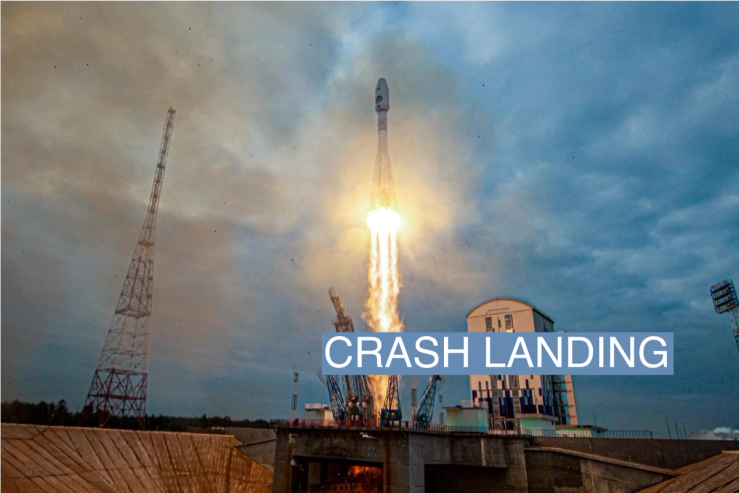SIGNALS
Russia was in a race against the clock with India, whose Chandrayaan-3 rocket is also destined for the south pole of the moon. India's spacecraft is expected to touch down Wednesday — and if it succeeds, it will be the first country to land a rocket on the south pole.• 1
Researchers are hoping to analyze this unexplored region of the moon for frozen water. Water on the moon could give scientists insight into the history of the solar system — and it could also act as a key factor in sustaining humans on the moon for longer periods of time. Transporting materials, including water, from Earth to the moon is exceptionally expensive. Locally-sourced water could make it more financially viable for astronauts in the future.• 2
We've entered a new era of the space race. "What you are seeing is really the lunar environment becoming a destination and a national imperative for many countries," Thomas Zurbuchen, former head of the NASA science mission directorate, told The Washington Post. NASA believes that over the next 10 years, activity on the moon will equal or exceed "all that has occurred in this region since the Space Age began in 1957."• 3
The Washington Post, As Russia and India attempt lunar landings, the moon rush gets crowded



